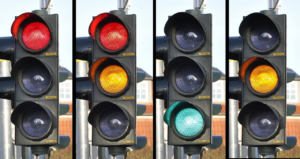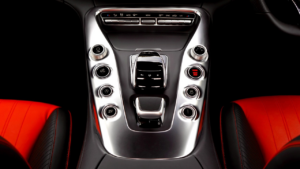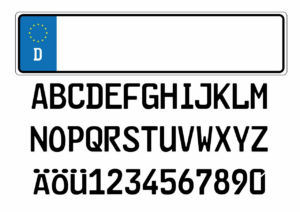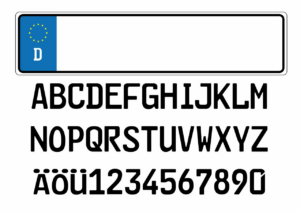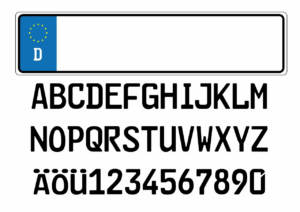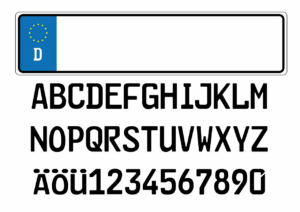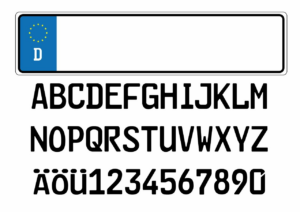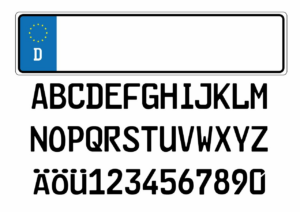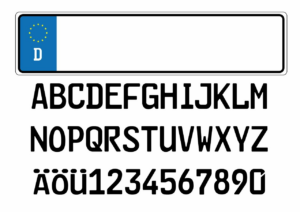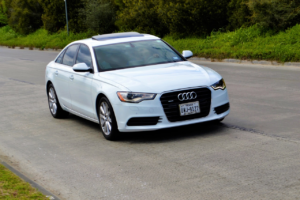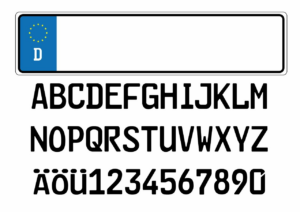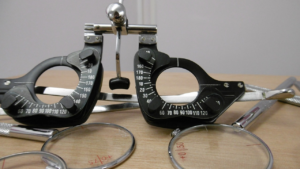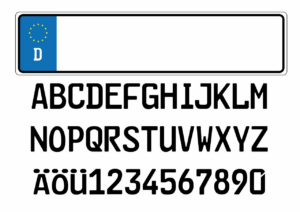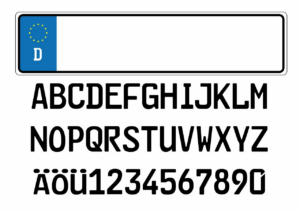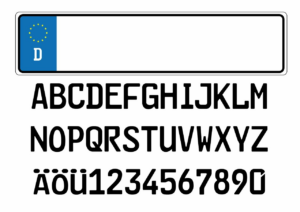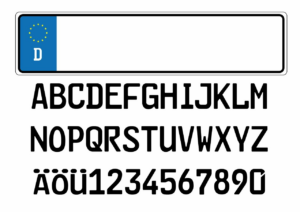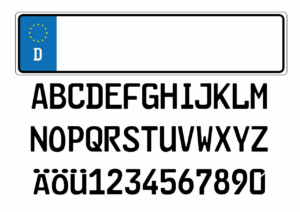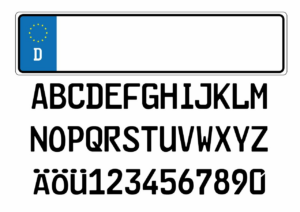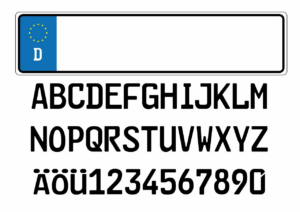If you’re in the market for a new car, one of the most important decisions you’ll have to make is whether to opt for a manual or automatic transmission. While both options have their merits, they differ significantly in terms of operation, fuel efficiency, and driving experience. Understanding the differences between these two types of transmissions will help you make an informed decision and find the right car for your needs.
First and foremost, it’s important to understand how manual and automatic transmissions work. A manual transmission requires the driver to manually shift gears by using a clutch pedal and gear stick, while an automatic transmission uses a torque converter to shift gears automatically.
Each type of transmission has its own unique set of advantages and disadvantages, and the choice you make will depend on your driving style, budget, and personal preferences.
Operation and Control
Now, let’s talk about how you actually drive these things! With a manual, you’re gonna be shifting gears like a boss, while with an automatic, you can just sit back and let the car do the work for you.
In a manual transmission, you’ll need to use a clutch pedal to engage or disengage the engine from the transmission. This means that you’ll need to master the art of timing and coordination between your hands and feet to ensure smooth shifting. You’ll also need to be aware of the engine’s RPMs and shift gears accordingly.
On the other hand, with an automatic transmission, the car will do most of the work for you. The transmission will automatically shift gears based on the car’s speed and acceleration. You’ll only need to use the gas and brake pedals, and occasionally use the gear selector to shift into reverse or park.
This means that driving an automatic transmission can be more relaxing and less demanding, especially in heavy traffic or on long trips. However, you’ll miss out on the fun and control that comes with driving a manual transmission.
Fuel Efficiency
If you want to save gas while driving, you should consider the type of transmission you use. In general, automatic transmissions are known to be less fuel-efficient compared to their manual counterparts. This is because automatic transmissions use a torque converter to transfer power from the engine to the wheels, which results in a loss of energy and lower fuel efficiency.
On the other hand, manual transmissions allow the driver to have more control over the gears, which can result in better fuel economy. In addition, manual transmissions also have a higher gear range compared to automatic transmissions. This means that at higher speeds, manual transmissions can keep the engine RPM lower, resulting in better fuel economy.
Automatic transmissions, on the other hand, may shift gears more frequently, which can increase the engine RPM and lower fuel efficiency. Therefore, if you want to maximize your gas mileage, choosing a manual transmission over an automatic one can be a great way to achieve this.
Learning Curve
To become proficient in operating a manual transmission, you’ll need to dedicate time and effort to learning the intricacies of the system. Unlike automatic transmissions, which require minimal effort, manual gearboxes require the driver to actively engage in the driving process. Learning how to operate a manual transmission can be a daunting task, but with practice and patience, it can become second nature.
Here are some factors to keep in mind when learning how to drive a manual transmission:
-
It requires coordination between the clutch, brake, and accelerator pedals. This takes practice to master, especially when shifting gears while navigating through traffic.
-
The driver needs to be aware of the clutch’s biting point, which is the moment when the clutch engages with the engine. This is a crucial element of driving a manual transmission, as it allows the driver to smoothly transition between gears.
-
The driver should also keep in mind the engine’s RPM, or revolutions per minute, as this affects how smoothly the vehicle accelerates and shifts gears. With time and experience, the driver can develop a sense of when to shift gears to optimize the vehicle’s performance.
In conclusion, while learning how to drive a manual transmission may seem like a daunting task, it can be an enjoyable and rewarding experience. With practice and patience, drivers can become proficient in operating manual gearboxes and enjoy the added control and engagement that comes with this type of transmission.
Maintenance and Repairs
Maintaining and repairing your vehicle’s transmission is crucial for ensuring its longevity and optimal performance. With a manual transmission, the maintenance and repairs required are often simpler and more straightforward. They typically involve changing the transmission fluid and clutch, which can be done fairly easily by an experienced DIY mechanic.
However, if there are more serious issues with the transmission, such as a damaged gear or a worn-out synchro, it may require a more skilled technician to fix. On the other hand, automatic transmissions require more complex maintenance and repairs. The transmission fluid needs to be changed periodically, but the process is more complicated than with a manual transmission, since the fluid needs to be flushed out of the torque converter and cooler lines as well.
Additionally, if there are any issues with the transmission, such as slipping or shifting problems, it may require specialized diagnostic equipment to identify and repair the problem. Ultimately, regardless of the type of transmission you have, it’s important to stay on top of maintenance and repairs to ensure your vehicle runs smoothly and stays on the road for years to come.
Driving Experience
If you’re looking for an engaging driving experience, then a manual transmission is the way to go. With the ability to shift gears on your own, you have more control over the vehicle and can feel more connected to the road.
On the other hand, if you want a smooth and effortless driving experience, then an automatic transmission is the better option. With no need to shift gears, you can focus more on the road ahead and enjoy a more relaxing ride.
Engaging Driving Experience with Manual Transmission
Get ready for a thrilling and immersive driving experience with the manual transmission. You’ll feel more connected to the road and in control of your vehicle. With a manual transmission, you have complete control over the gears and can shift up or down at any time. This gives you the ability to accelerate or decelerate quickly.
You can also downshift to increase engine braking, which gives you better control when driving on steep hills or in slippery conditions. Driving with a manual transmission requires more focus and attention, as you need to constantly monitor your speed and gear selection. This level of engagement can be satisfying for those who enjoy driving as a hobby or sport.
It also allows for more precise maneuvering, making it easier to navigate tight corners and curves. Overall, a manual transmission offers a more engaging and connected driving experience. You’ll feel like you’re in complete control of your vehicle.
Smooth and Effortless Driving with Automatic Transmission
Experience a smooth and effortless ride like never before with the convenience of an automatic transmission. With an automatic transmission, you don’t have to worry about manually shifting gears while driving. The gears are shifted automatically, making the driving experience more comfortable and less tiring.
Moreover, you can enjoy the ride without having to worry about stalling the car or jerking the gears. If you’re new to driving or have a long commute, an automatic transmission is the way to go.
Here are some benefits of an automatic transmission that you’ll appreciate:
-
Ease of use: An automatic transmission is easier to use than a manual one. You don’t have to worry about the clutch or gear shifting, making it easier to focus on the road.
-
Less fatigue: Driving with an automatic transmission is less tiring, especially in heavy traffic. You don’t have to constantly shift gears, making the drive more comfortable.
-
Better fuel efficiency: Modern automatic transmissions are designed to provide better fuel economy than manual transmissions, making it a more economical option.
-
Perfect for long drives: If you’re planning a long trip, an automatic transmission is the way to go. It reduces driver fatigue and provides a more relaxing driving experience.
Availability and Cost
The cost and availability of each option will ultimately determine which transmission best suits your needs. On average, automatic transmissions tend to be more expensive than manual transmissions. The additional cost is due to the more complex components and electronics required to operate the automatic transmission. However, automatic transmissions are becoming more common, and many manufacturers are making them standard on their vehicles. This means that there are more options available for automatic transmissions than ever before.
When it comes to availability, manual transmissions are becoming less common. Many manufacturers are phasing them out in favor of automatic transmissions. This is because automatic transmissions are easier to drive and provide a smoother driving experience. However, some manufacturers still offer manual transmissions, and they can be a great option for those who prefer a more engaging driving experience.
If you are looking for a manual transmission, you may need to do some research to find a vehicle that offers one. But, if you are looking for an automatic transmission, you will have a wide variety of options available to you.
Resale Value
If you’re looking to maximize the value of your future vehicle purchase, it’s important to consider the potential resale value of the transmission type you choose.
Automatic transmissions are generally more popular and therefore may have a higher resale value. This is because they’re easier to use and require less skill to operate, making them more appealing to the average driver.
Manual transmissions, on the other hand, may have a lower resale value due to their lower demand. However, they’re typically more fuel efficient and offer a more engaging driving experience, which may appeal to some buyers. Additionally, manual transmissions may hold their value better in certain niche markets, such as sports cars or off-road vehicles.
Ultimately, the resale value of a vehicle with a manual or automatic transmission will depend on various factors such as make, model, age, condition, and demand in the local market.
Personal Preference and Lifestyle Factors
When choosing between a manual and automatic transmission, personal preference and lifestyle factors should be taken into account. If you prefer a more engaging and interactive driving experience, a manual transmission might be the way to go. It gives you more control over the vehicle, allowing you to shift gears as you see fit. This can be particularly appealing for drivers who enjoy driving in a sportier or more aggressive manner.
On the other hand, if you prefer a more relaxed and easy driving experience, an automatic transmission might be the better option. It eliminates the need for manual shifting, allowing you to focus more on the road and less on the mechanics of driving.
Additionally, lifestyle factors such as driving habits and terrain should be considered. For example, if you live in an area with lots of traffic, an automatic transmission might be more convenient since you won’t have to constantly shift gears in stop-and-go traffic. Similarly, if you frequently drive in hilly or mountainous areas, an automatic transmission can provide smoother and more consistent power delivery, allowing you to focus on the road ahead.
Ultimately, the decision between a manual and automatic transmission comes down to personal preference and lifestyle factors, and it’s important to choose the type of transmission that best fits your needs and driving style.
Frequently Asked Questions
How do manual and automatic transmissions differ in terms of acceleration and top speed?
When it comes to acceleration and top speed, there are some key differences between manual and automatic transmissions.
With a manual transmission, you have more control over the gears and can often accelerate faster, especially in lower gears.
However, automatic transmissions are better at maintaining consistent speeds and can often reach higher top speeds.
Additionally, some high-performance automatic transmissions now come with paddle shifters, allowing drivers to manually control the gears for even more precise acceleration.
Ultimately, the choice between a manual or automatic transmission depends on your driving preferences and the type of driving you’ll be doing.
Are there any safety concerns associated with manual or automatic transmissions?
When it comes to safety concerns, there are a few key differences between manual and automatic transmissions to consider.
With a manual transmission, the driver has more control over the vehicle’s speed and can downshift to slow down quickly if needed. However, this also means that the driver must constantly shift gears, which can be distracting and take their attention away from the road.
Automatic transmissions, on the other hand, allow for a smoother ride and require less focus on gear shifting. However, in certain situations, such as going down a steep hill, automatic transmissions may struggle to maintain a safe speed and can potentially overheat.
Ultimately, both types of transmissions have their own unique safety considerations, and it’s important for drivers to be aware of these differences and adapt their driving accordingly.
How do manual and automatic transmissions affect the overall performance of a vehicle?
When it comes to the overall performance of your vehicle, the type of transmission you choose can have a significant impact.
With a manual transmission, you have more control over the gears and can often achieve better fuel efficiency. However, shifting gears yourself can be more difficult and can lead to more wear and tear on the clutch.
On the other hand, an automatic transmission allows for smoother shifting and easier driving, but can be less fuel-efficient and may not provide the same level of control.
Ultimately, the choice between a manual and automatic transmission depends on your driving preferences and needs.
Can you switch between manual and automatic transmissions on the same vehicle?
Yes, it’s possible to switch between manual and automatic transmissions on the same vehicle. However, it usually requires significant modification to the car’s transmission system.
Converting from manual to automatic transmission involves installing a new transmission, torque converter, and other components. Conversely, converting from automatic to manual transmission requires the installation of a new clutch, flywheel, and other components.
It’s important to note that these modifications can be costly and time-consuming. They may also impact the overall performance and reliability of the vehicle. Therefore, it’s best to consult with a qualified mechanic or transmission specialist before attempting any such modifications.
Which type of transmission is better suited for off-road driving?
When it comes to off-road driving, a manual transmission is often considered better suited than an automatic transmission. This is because manual transmissions provide greater control over the vehicle’s speed and torque, allowing you to better navigate uneven terrain and steep inclines.
Additionally, manual transmissions are less likely to overheat or experience mechanical issues when driving off-road, as they don’t rely on complex hydraulic systems like automatic transmissions. However, it’s important to note that this preference is largely subjective and may vary depending on the specific vehicle and driving conditions.
Ultimately, the decision between a manual or automatic transmission for off-road driving will depend on your personal driving style and preferences.
Conclusion
So, there you have it – the five key differences between manual and automatic transmissions. While both types of transmissions have their pros and cons, it ultimately comes down to personal preference and lifestyle factors when choosing which one to go for.
If you’re looking for better fuel efficiency, better control, and a more engaging driving experience, then a manual transmission might be the way to go. However, if you prioritize convenience, ease of use, and a smoother ride, then an automatic transmission might be more up your alley.
No matter which transmission you choose, it’s important to keep up with maintenance and repairs to ensure optimal performance and longevity. And when it comes to resale value, automatic transmissions tend to hold their value better than manuals.
So, take these factors into consideration when making your decision, and happy driving!





